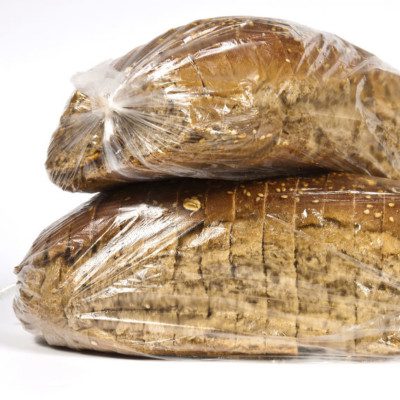Reasons for recalls3
- Allergens – unlabeled or undeclared allergenic ingredients
- Bacterial contamination – presence of harmful bacteria, which could cause illness, infection, or intoxication
- Chemical contamination – presence of unapproved chemicals (pesticides, residual sanitizers, industrial cleaners, or solvents)
- Consumer claims – consumer complaints of illness or injury from a product
- Foreign objects – such as glass, plastic wood, or metal fragments that may be present in food products
- Government agencies – may identify a potential problem with a food and can prompt regulatory agencies and food firms to take recall actions
- Human diseases – illnesses transmitted through foods
- Mislabeling – labels that do not declare ingredients or that misstate content or nutrient composition
- Packaging defects – faulty seams, seals, microscopic leaks, etc.
- Suppliers’ notification – ingredient or processing equipment suppliers have reason to believe there is an identified problem with their own product or equipment
- Tampering and/or tampering threats – may be the result of a disgruntled worker’s deliberately causing product defects, tampering by the public with product on the shelves, or a terrorism attempt
Regulatory compliance
Within the US, definitions and requirements associated with recalls are outlined in the Code of Federal Regulations under 21 CFR Part 7.4
Recalls can be classified in order to evaluate the potential risks, magnitude, and level of publicity.1
| Class I | Class II | Class III |
|---|---|---|
| Dangerous or defective products that predictably could cause serious health problems or death | Products that might cause a temporary health problem, or pose only a slight threat of a serious nature | Products that are unlikely to cause any adverse health reaction, but that violate FDA labeling or manufacturing laws |
| Food found to contain botulinum toxin or E. coli, or food with undeclared allergens such as peanuts | Undeclared wheat in a product, or product containing hazardous objects like very small pieces of plastic or wood fragments | Minor container defects; package containing fewer items than listed on the label; ingredients such as added water not listed on the label |
Steps to build a recall program:4
- Build a recall team – The selection and training of the Recall Team members is a critical activity in the development of the program.
- Trace records identification -Traceability is the ability to track materials from time of receipt to the first point of distribution. This information will be used during a recall to locate suspect product
- Collect customer contact information – The recall team must contact all affected customers to notify them of the actions being requested.
- Acquire relevant regulatory contacts – Within the written materials of the Recall Program, a list of regulatory contacts (local and regional) must be maintained
- Send letters of notification – Letters of notification are the means by which customers and the public becomes notified of a recall.
- Assess recall effectiveness – Effectiveness checks are designed to verify that recall notification letters were received by customers and that they read and understood the letter and followed the recall instructions
- Conduct recall simulations – Recall simulations are exercises designed to test the plant’s ability to identify and simulate removal of suspect product. It is advised that on at least an annual basis.
- Develop alternatives to recalls – if the material has not yet left the company’s control or requires a correction that does not warrant legal action, then there are other options such as voluntary market withdrawal or stock recovery.
- Provide education and training – Recall Team Members and their alternates must be trained to perform their assigned responsibilities, without assistance from others.
References
- AIB International. “Food Safety and Sanitation.” Food Safety and Sanitation Distance Learning Course, Chapter 16.
- Espiñeira, M., et al. “Legal Requirements and Regulation for Food Traceability in the United States.” Advances in Food Traceability Techniques and Technologies Improving Quality Throughout the Food Chain, Elsevier Inc, 2016, p. 240.
- Barach, J. T. “Why and How is a Recall Plan Developed and Managed?” FSMA and Food Safety Systems: Understanding and Implementing the Rules, Wiley, 2017, pp. 21, 64–65.
- AIB International. “Recall Program.” The AIB GMP and Prerequisite Guide. Section 4, Chapter 24.

